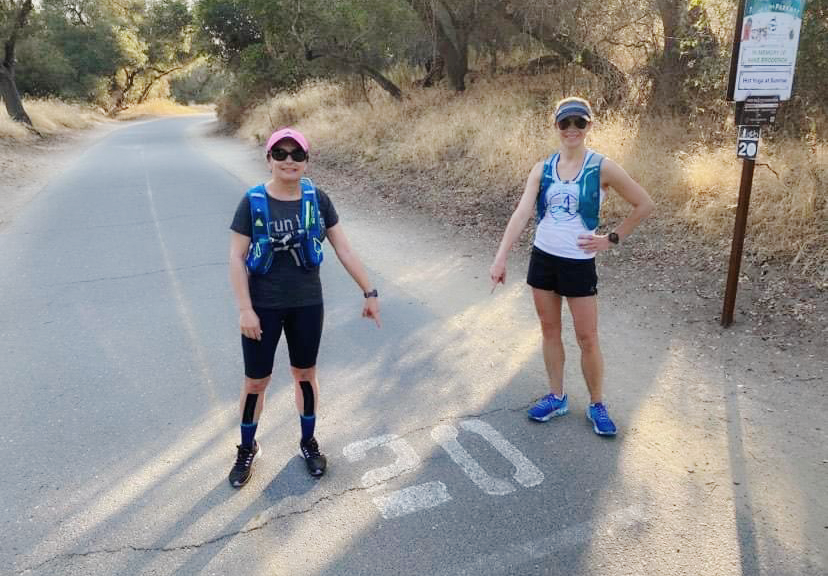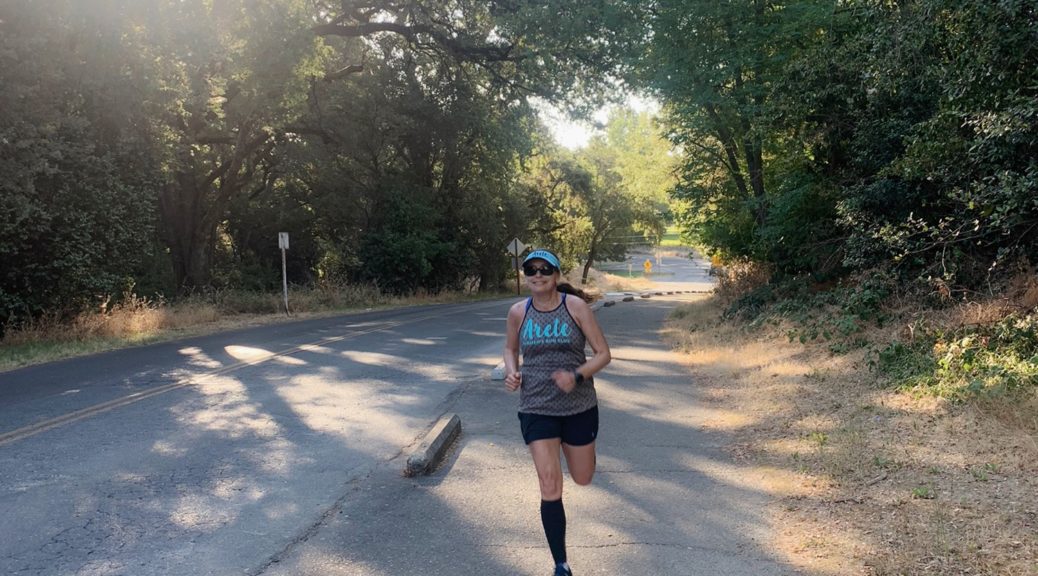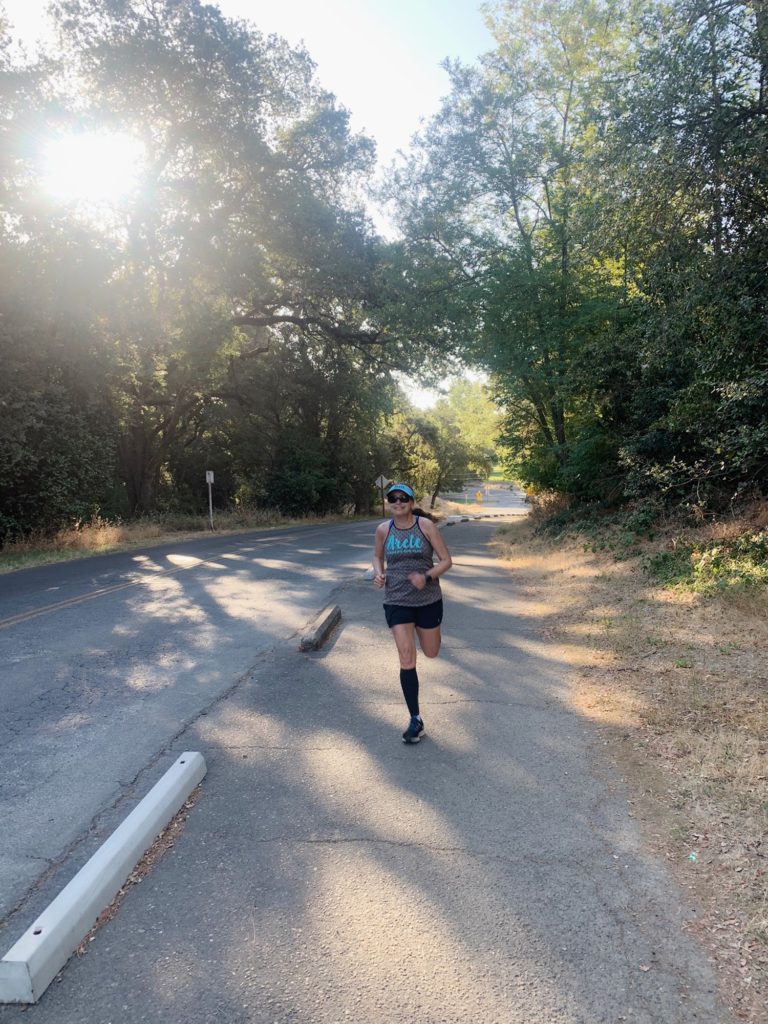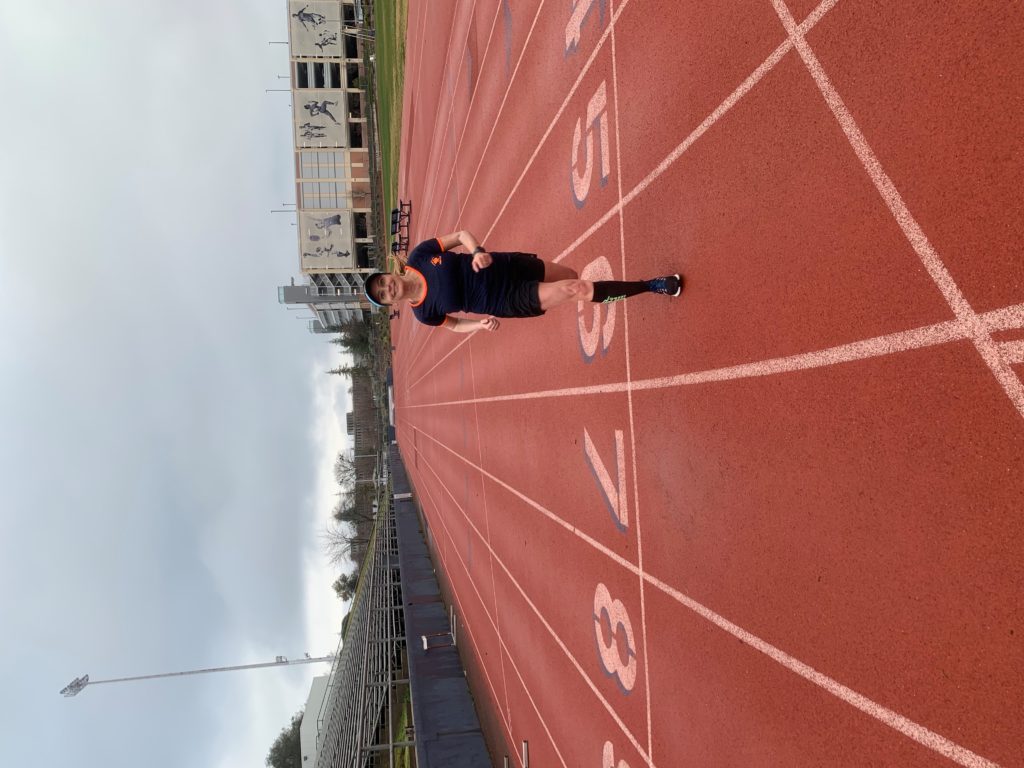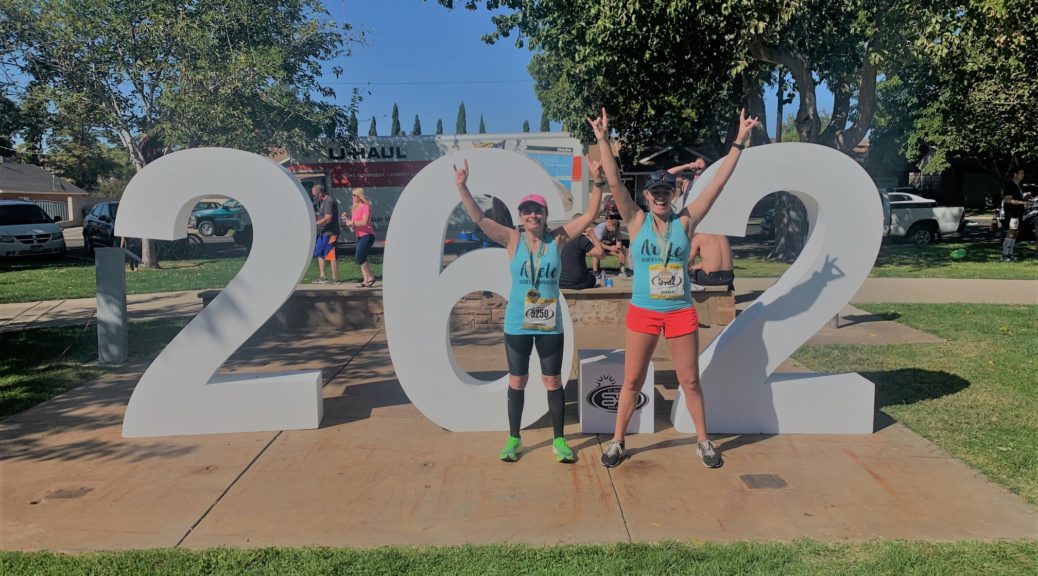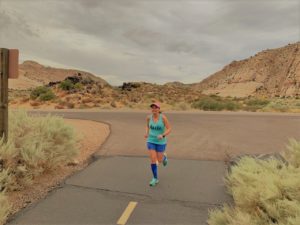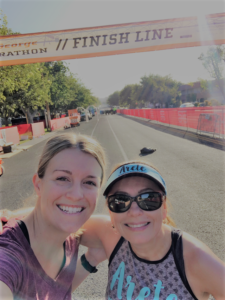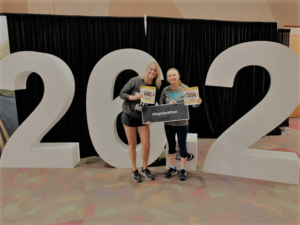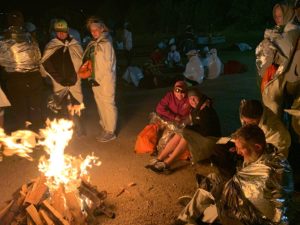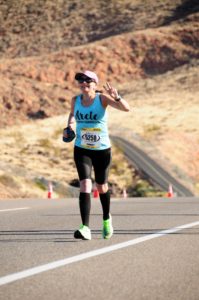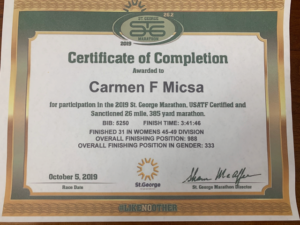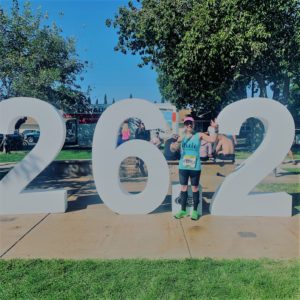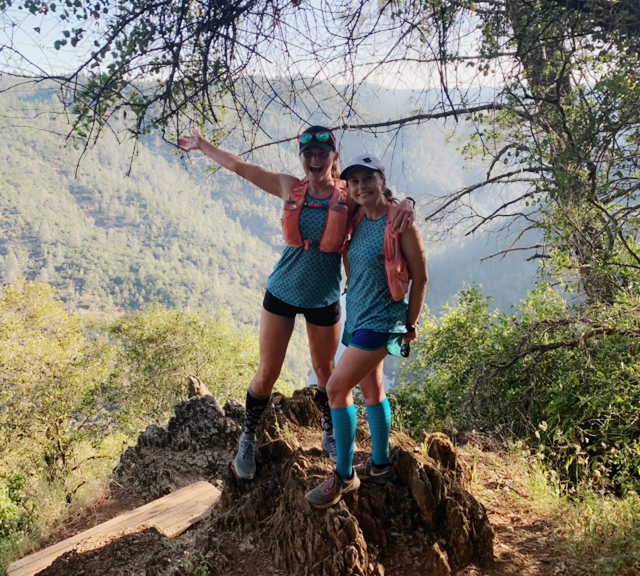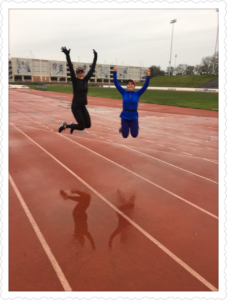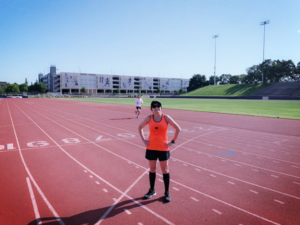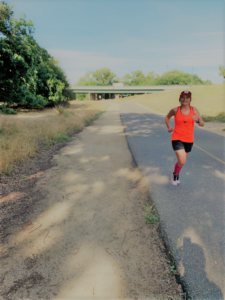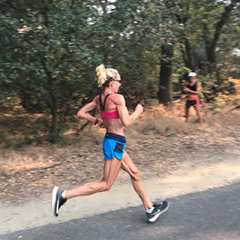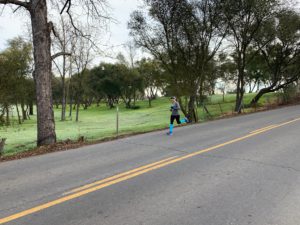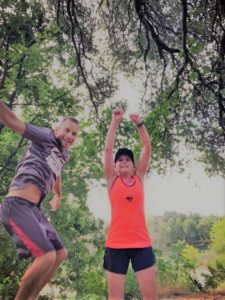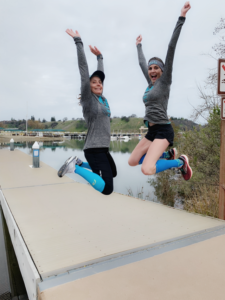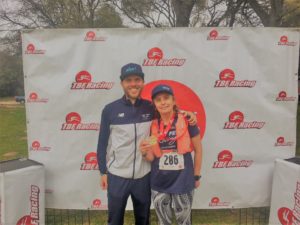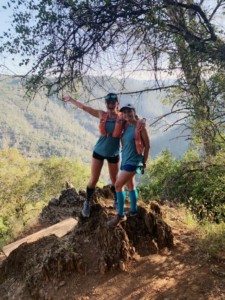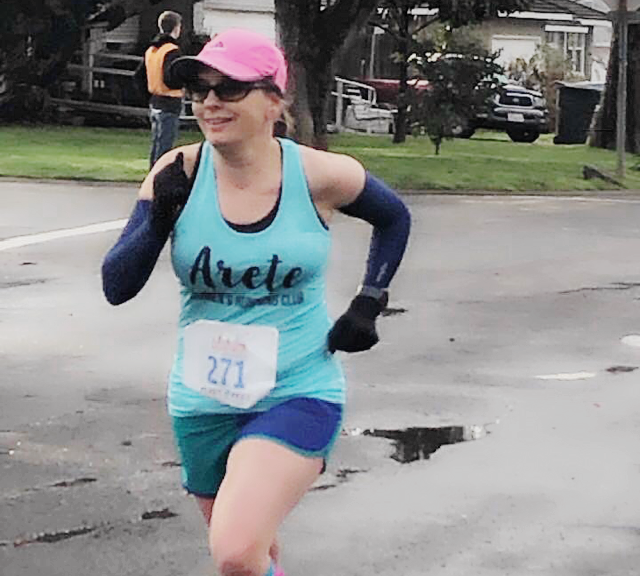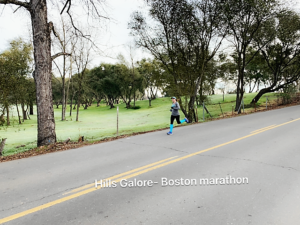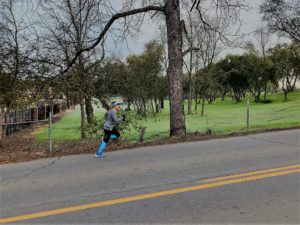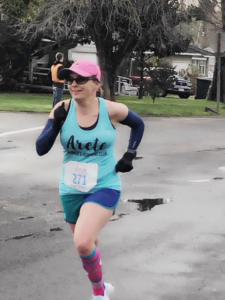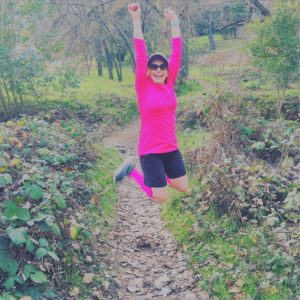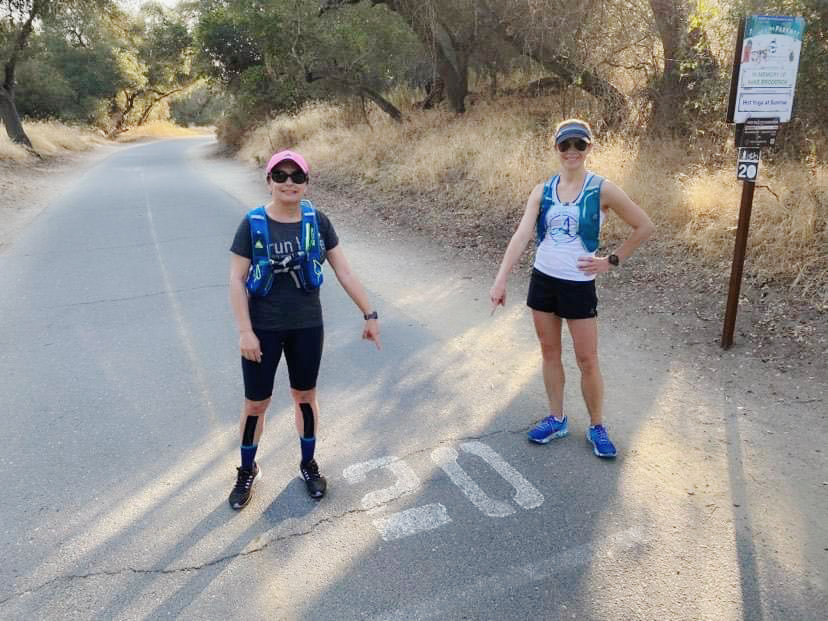
I have run 12 marathons in the last six years as a runner, and I am about to run my lucky 13th one in three weeks at London, where I am participating in the World Age Group Championships.
We all know how taxing marathons can be on our bodies and how strong we need to be to run a faster marathon or to achieve a PR (personal record). We also know that long runs are the holy grail of marathon training and that practicing our GMP (gross marathon pace) is super important in having a successful marathon, but how about speed, hills, and other workouts?
The number one myth that we need to get rid of is that a marathon is just about strength, stamina, and endurance. However, we should not neglect to do the weekly speed workouts, whether they are Fartleks, hill repeats, or track.
With these important workouts in mind, I will share with you my very three favorite marathon workouts that will turn all of you into marathon beasts! And speaking of beasts, this short form piece published by The Daily Cuppa matches my first hill workout. It was inspired by my Fair Oaks Chicken run 5-mile race this year, where I got first in my age group.
I Am the Beast
But not the one you think — or maybe that one!

Just as Japan has a rabbit island, so does Old Fair Oaks, CA have hundreds of chickens and wild roosters.
However, let’s not get down the rabbit hole, or the chicken one, since this story is about the yearly chicken five-mile race. Runners not only race the roosters roaming the streets, but they actually have four infamous hills to climb: Grand Daddy hill, Hernia hill, the Beast, and The Last Gasp.
I ran this race for the first time and enjoyed running over hills, through rocks by the river single-track path, and on a gravel road.
As I finished the gravel section, one of the volunteers cheered on us to run strong on the Beast hill.
My response to him: “I am the beast.”
Workouts
- Hill repeats mixed with two miles of GMP. After a 2-mile warm-up, run 4X800m hill repeats ( I like to do Pennsylvania hill repeats). You can run hard uphill and use the downhill for recovery, or you can run pretty hard both ways with a full minute rest at the bottom. After the four repeats, run two miles at GMP pace, or faster on the bike trail, or a more flat surface. Then come back to the hill and finish the workout strong with another 4X800 meters. Cooldown for a total of 8 to 10 miles.
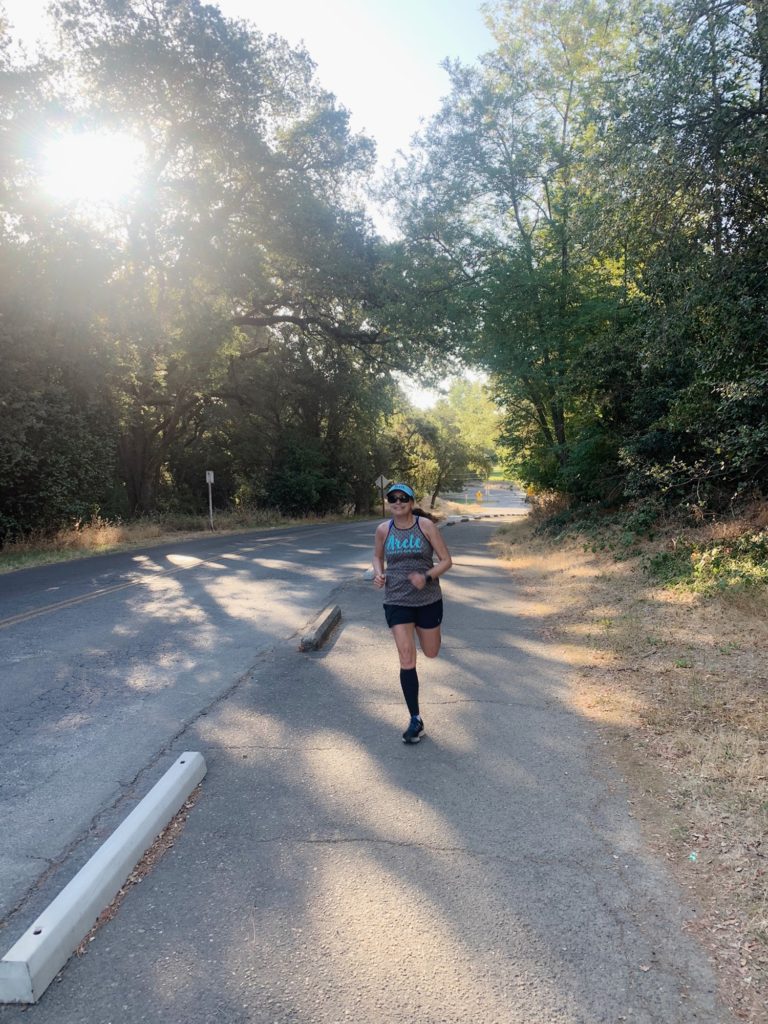
2. A tough workout perfect for marathon training is the dreaded Michigan workout. This workout is a combination of fast track repeats on the track and tempo miles on a bike path. The paces will vary based on your fitness level and goals. To avoid injuries, start with half of the workout, or only do it as an advanced runner. My awesome friend and amazing training partner Bryn and I did this workout for the first time about a month ago. She is training for the Boston marathon and I am training for London. We were both surprised that we could still run our last 800m and 400m repeats fast and that the tempo miles didn’t feel too taxing or daunting.
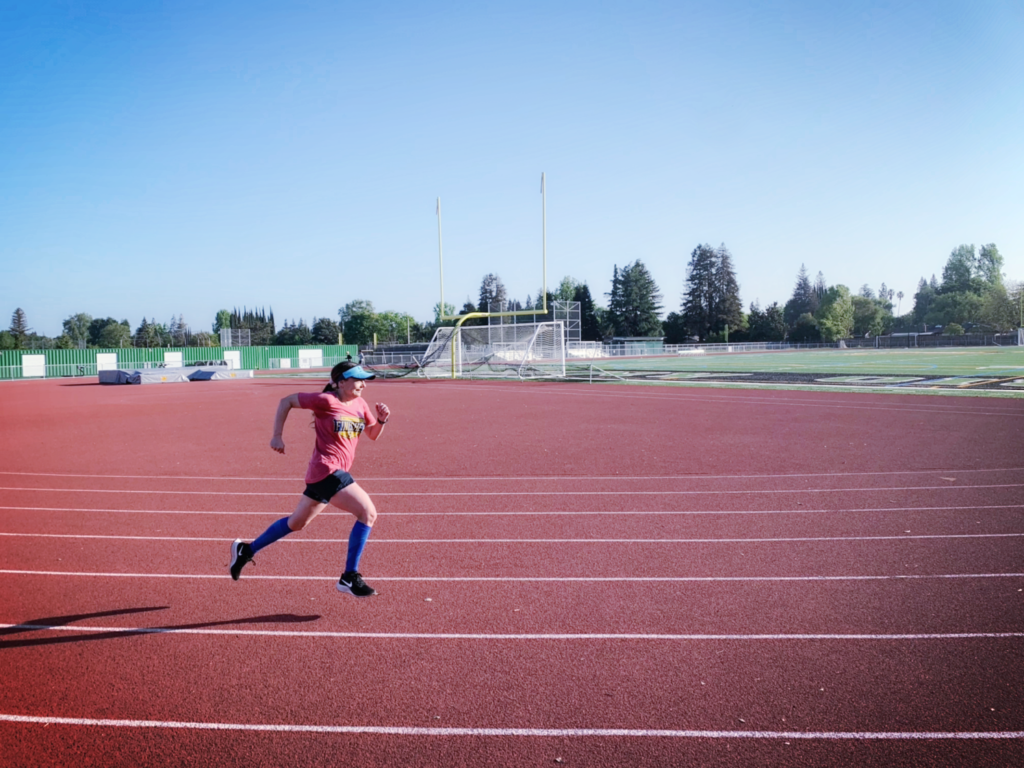
3. And last, but not least, the 400m during your long run to break the monotony and to practice speed on tired legs. Bryn and I just recently did 18X400m starting at mile 2 all the way to 20. At the beginning of each mile, we ran 400 meters hard, but not as fast as doing it on track, but still hard enough that we ended up with some faster miles. It was a challenging workout, but it made our long run go by so much faster and our legs got some much-needed speed. Once again, this workout is pretty advanced, but it can be tailored for every runner since you can choose how many 400m repeats to do in each mile. The main goal is to shake up your tired marathon legs and to have fun with it.
These workouts seem daunting and hard, but doing them with a partner will make them more fun and less intimidating.
To sum things up, marathon training doesn’t have to be only about tempo runs, GMP mileage, and recovery runs. You can spice things up and have fun while training, and I guarantee you that your marathon results will be impressive, too.
Enjoy speed, hills, and mixing up workouts, as you might want to run more marathons when having so much fun. Happy feet, and remember that YOU ARE THE BEAST!
For more inspiration on how to let “AIR,” which stands for adaptation, inspiration, and resilience guide and uplift you during these uncertain and crazy times, please consider buying my print edition or e-book The PR- The Poetics of Running, A Book of Poetry in Motion on Amazon, or buy it straight from my blog by clicking on my books link, which will take you to Amazon. A portion of the proceeds from the sale of the book is going to Girls on the Run Sacramento chapter organization.
For more info on running and real estate, whether buying or selling, please e-mail me at carmenmicsa@yahoo.com, or call me at 916-342-2446. Also mention this blog and receive a great offer whether buying (credit for closing costs) or selling (commission discount). Running for real estate with joy!

